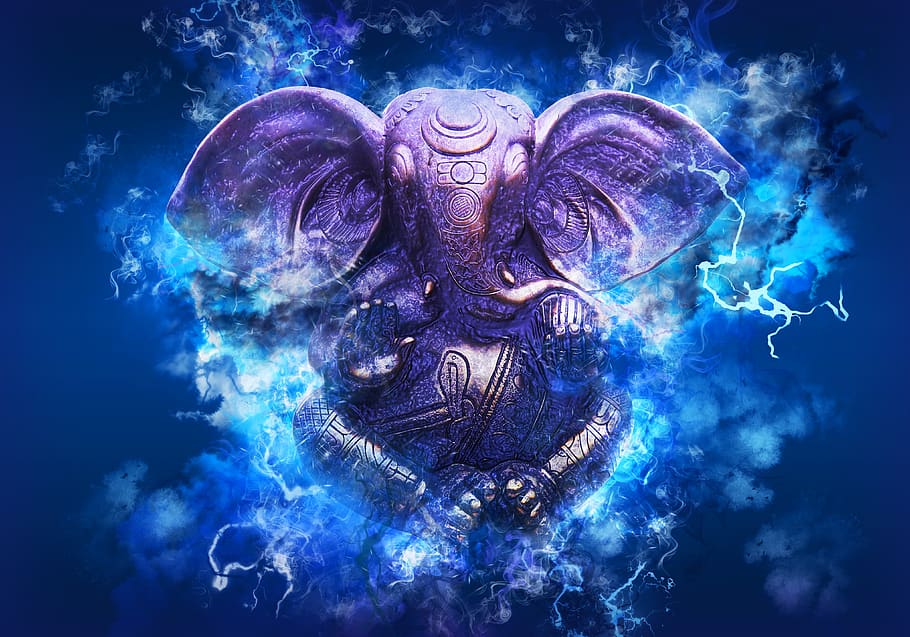|
Getting your Trinity Audio player ready... |
In Japan, there is a deity known as Shōten (聖天, “sacred / noble god”), a revered figure primarily in the Shingon and Tendai schools of Japanese Buddhism. Shōten is considered the Buddhist equivalent of the Hindu god Ganesha.
This deity is also known by other names such as Binayaka (毘那夜迦; Skt. Vināyaka) and Ganabachi (誐那鉢底, alternatively Ganahachi or Ganahattei; Skt. Gaṇapati). Unlike his Hindu counterpart Ganesha, Kangiten is deemed too sacred for public display. His images are hidden in temples, rituals are performed privately by monks, and lay devotees are discouraged from home veneration
THAILAND

In Thailand, Ganesha, known as Phra Phikanet (พระพิฆเนศ) or Phra Phikanesuan (พระพิฆเนศวร), is revered as the deity of fortune, success, and the remover of obstacles, associated with arts, education, and trade.
His image is featured in the emblem of Thailand’s Department of Fine Arts. Many TV channels and production companies have shrines dedicated to him, with Hindu rituals performed before shooting. Ganesha is honored with sweets and fruit during good business and ridiculed by placing his image upside down during downturns. He is prominently worshipped outside Bangkok’s CentralWorld, where people offer flowers, incense, and a respectful sawasdee.
INDONESIA

In Indonesia, Ganesha is known as the ‘Indonesian God of Wisdom’ by European scholars. The city of Bandung has a Ganesha Street. Ganesha is celebrated for his ability to remove obstacles and bring prosperity. His presence is significant in various temples dedicated to Hindu deities, where devotees offer prayers, flowers, and food.
A notable 1st-century Ganesha statue found on Mount Raksa underscores the ancient roots of his worship. In Bali, Ganesha statues often grace temple entrances, symbolizing protection and wisdom.
TIBET

Tibetan representations of Ganesha show mixed views. One form depicts him underfoot by Mahākala, a prominent deity, while others present him as the dancing Destroyer of Obstacles. Ganapati, Maha Rakta, known as “The Great Red Lord of Hosts,” is a Tantric Buddhist form connected to the Chakrasamvara Cycle of Tantras.
Tibetan Ganesha appears in bronzes and Thangka paintings with the Buddha. The Tibetan Ka’gyur tradition states that Buddha taught the “Ganapati Hridaya Mantra” (or “Aryaganapatimantra”) to his disciple Ananda.
CHINA

In China, Lord Ganesha is known as Kangiten (歓喜天) or Haunxi Tian, meaning “Heaven of Joyful Pleasure.” He is venerated in Chinese Buddhism as a remover of obstacles and a deity of wisdom and success, often seen as a form of Avalokiteshvara (Guanyin).
Kangiten is typically depicted as a dual-bodied figure, symbolizing unity and balance. And same as in Japan hisworship is mainly conducted in Buddhist temples, with rituals performed by monks and laypeople participating through guided practices. Unlike the public display in Hinduism, Kangiten’s images are kept in private sanctuaries, reflecting the sacred nature of his veneration.










Hey, please do let us know your thoughts here